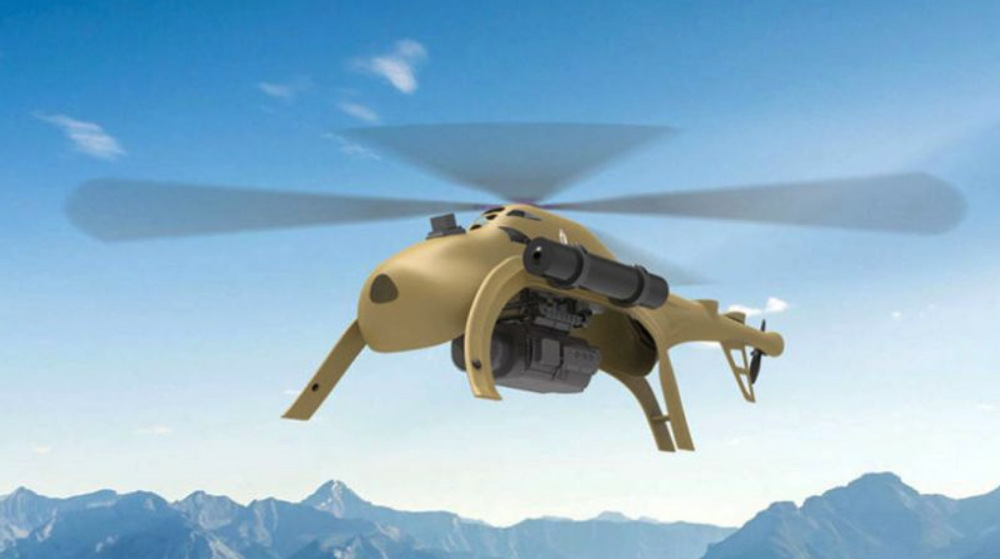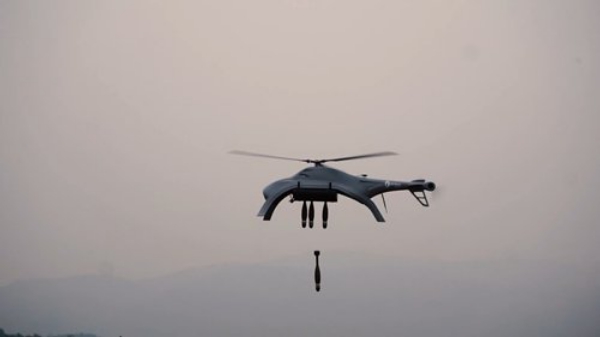China has successfully tested a new homegrown powerful turboprop engine especially designed for drones to be used in the country’s southwest plateau regions, overcoming a technical barrier that limited the performance of unmanned aerial vehicles (UAV) at high altitudes, with analysts speculating that it will boost the logistics support and monitoring capabilities of border defense troops.
The new engine was developed by the No.7 Research Academy of the state-owned aerospace giant China Aerospace Science and Technology Corp (CASC) and researchers tested it from mid-September to mid-October in the Qinghai-Xizang (Tibet) Plateau region, media reports said.
Developers flew an unmanned helicopter powered by the engine at an altitude of 5,191 meters above sea level, and they also conducted a night flight at 4,300 meters above sea level, as well as testing other functions including logistics supplies.
According to sources with the academy, research and development of engines for drones in extremely harsh environments has been long monopolized by some foreign countries, and the traditional piston engines could only enable flights up to 3,000 meters above sea level.
Chinese researchers started to develop the small-yet-powerful turboprop engine in 2016, with the aim to fill the gap.
The new “heart of drone” weighs only 18 kilograms and it can support flights for fixed-wing aircraft of 400 to 600 kilograms or helicopters of 240 to 360 kilograms at altitudes of 4,000 to 5,200 meters above sea level, according to the developers.
The latest test showed that the performance of the new engine could meet the flight requirements for most of the plateau regions, they said.
Although the developers have not disclosed the military use of the new engine, Wang Ya’nan, the chief editor of Beijing-based Aerospace Knowledge magazine, told the Global Times that the engine could work particularly well with small- or medium-sized drones that can be deployed in Southwest China’s plateau regions for border patrol and supply transport missions.
If drones powered with these engines can reach such high altitudes, they can replace border defense troops in some routine patrol tasks, where challenging environments could be overwhelming and too risky for people, and they could perform monitoring tasks possibly better than people, Wang said.
Drones can also quickly deliver supplies to high-altitude border areas as part of logistics support, Wang said, noting that if the engines are powerful enough, the drones can even transport troops wounded in combat quickly back to the rear areas for better medical treatment.
For the next step, the engine could be installed in aircraft and undergo more tests, including under extremely high and low temperatures as well as in dusty weather, so that it can become really operational, Wang predicted.
China has also developed large engines for plateau-operable helicopters, including those used on the 10 ton-class Z-20 utility helicopter and the 13 ton-class Z-8G large transport helicopter.
Source: Global Times


